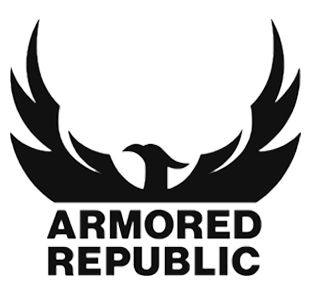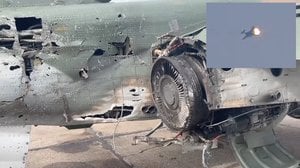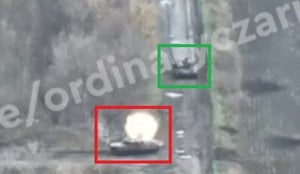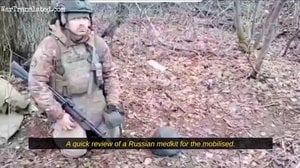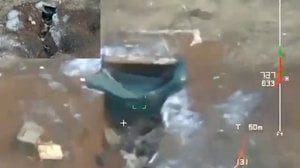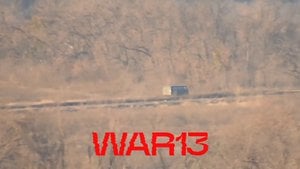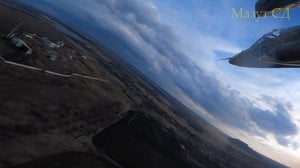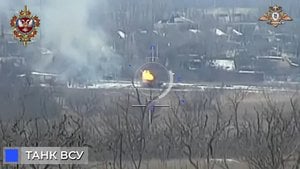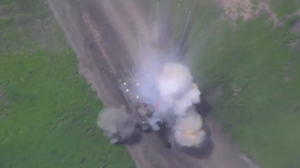
Leopard 1A5 Heads to the Front
Published 1 years ago
A brief clip of a Ukrainian Leopard 1A5 headed to the front. Several score of these cold war relics have been refurbished and sent to Ukraine to bolster their tank fleet. The Kampfpanzer Leopard main battle tank first entered West German service in 1965. Designed at a time when HEAT warheads were expected to render conventional tank armor obsolete, the designers at Porsche prioritized firepower and mobility over protection. The Leopard became a staple in European militaries and served in over a dozen countries worldwide but was replaced by the Leopard 2 and phased out of service by 2003. Some Leopard support variants remain in use.
In 1986 the platform underwent a series of upgrades in order to counter the T-64B, T-72B, and T-80B main battle tanks then in service with the Soviet Union. A crucial upgrade included improvements to the 105mm main gun allowing it to fire the new APFSDS rounds, coupled with advanced fire control systems, ballistic computers, and a laser range finder. Improved stabilizers allowed the Leopard to shoot on the move, while enhanced optics and thermal imaging provided greater situational awareness to the crew and improved targeting.
Western partners answered Ukraine’s call for additional armor with approximately 400 Soviet-designed T-72s but only 130 modern western tanks, namely Leopard 2, M1A1 Abrams, and Challenger 2. Pleas for more western armor eventually compelled Germany to authorize the export of 178 Leopard 1A5s, rendering the Cold War relic the most numerous western tanks in the Ukrainian arsenal. Ukrainians who have trained on the Leopard sing its praises, stating that it is much more maneuverable that the T-72, though its thinner armor leaves the crew vulnerable. The Ukrainian habit of wrapping vehicles in additional layers of reactive armor may not correct this deficiency. The highly accurate 105mm gun and advanced optics do offer an advantage, and Ukrainian brigades must develop tactics that maximizes the potential of this vehicle while mitigating its flaws.
About the Author
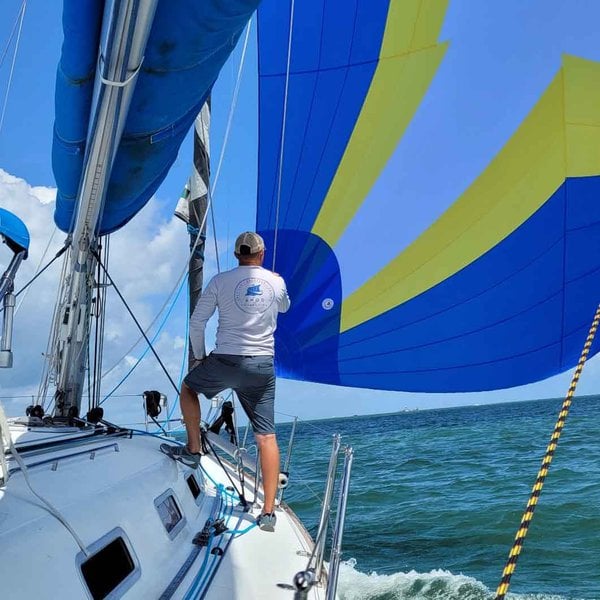
Cam
Cam served as an infantry officer in the Marine Corps, deploying to the Horn of Africa and participating in combat operations in Iraq. He currently works in the maritime industry and in the defense sector as an instructor of combined arms planning and operations. An avid sailor, Cam founded and directs Triumph Sailing, a nonprofit that supports veterans and first responders through adventure and fellowship on the water. Triumph Sailing just completed its big yearly event, an offshore race in the Gulf of Mexico with an all veteran crew. You can support the mission and next year's sailing season at Tri-Sail.Org.
